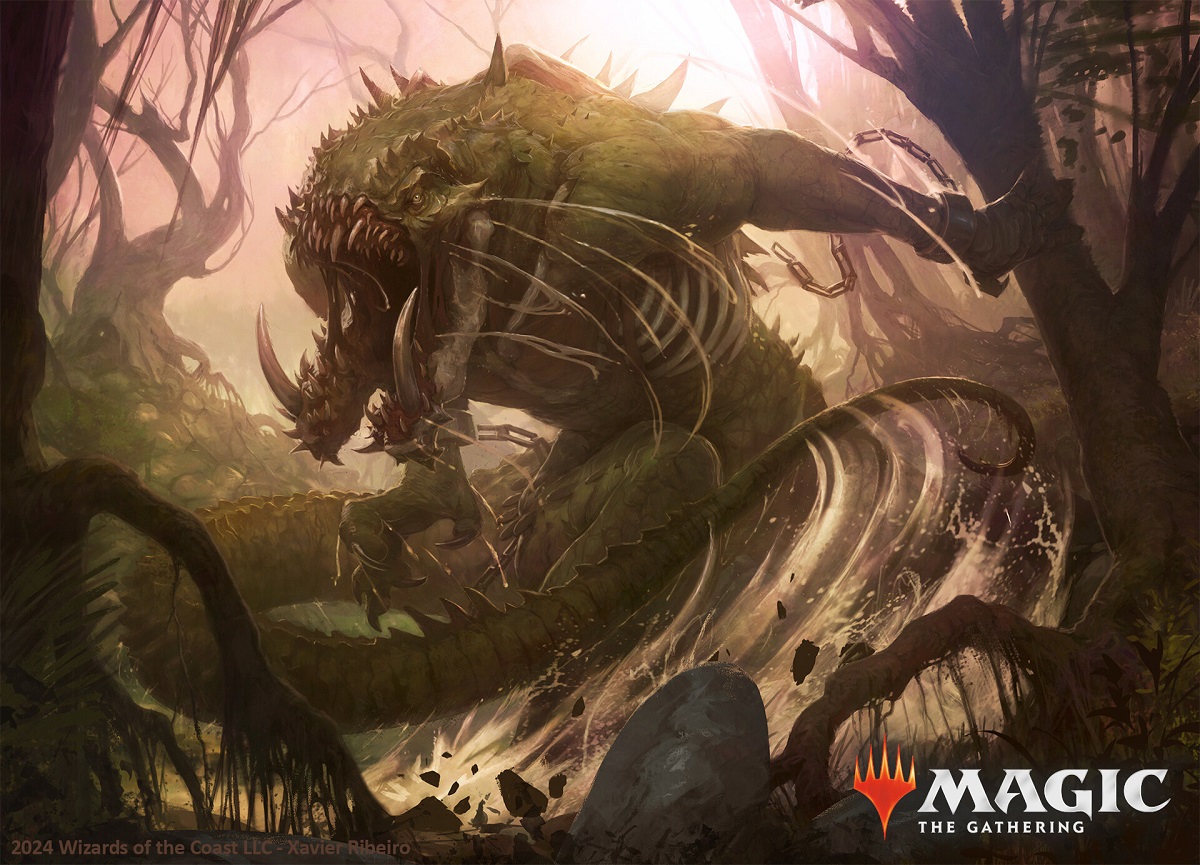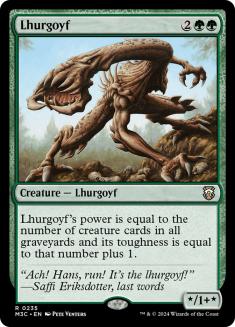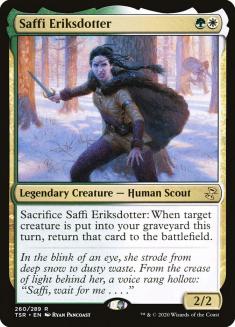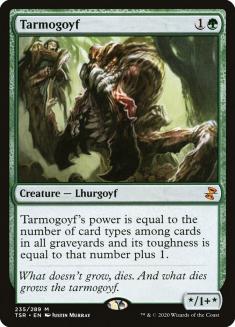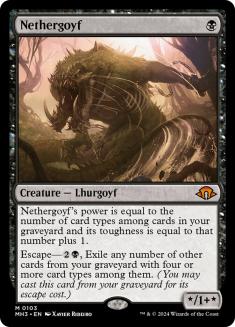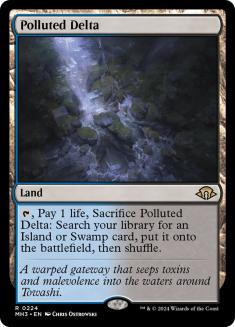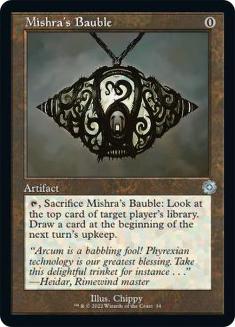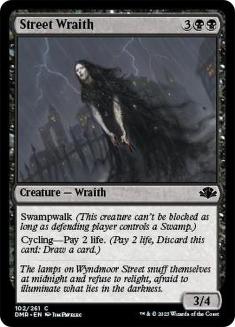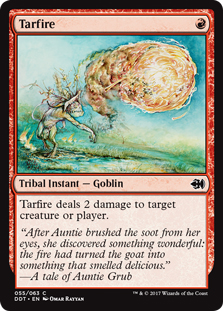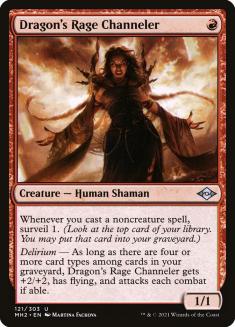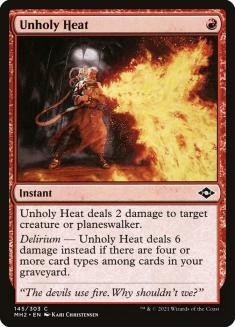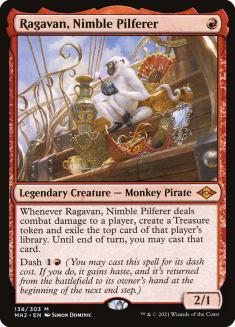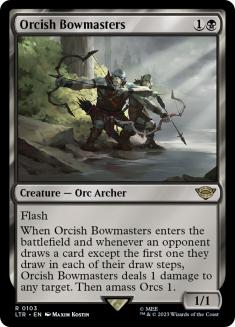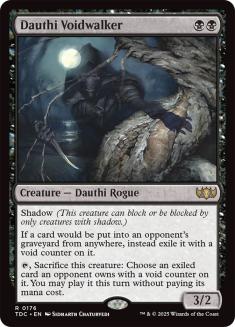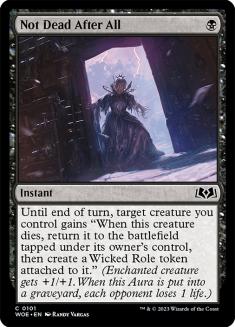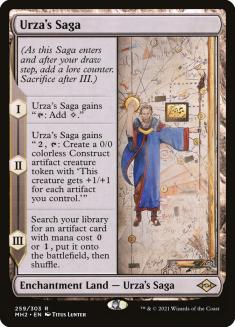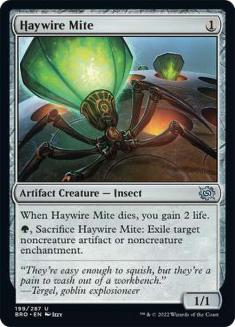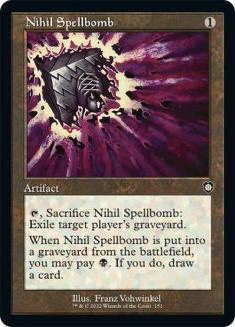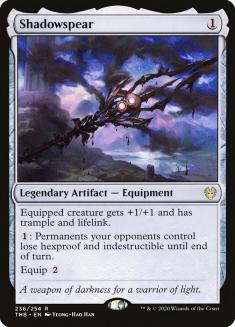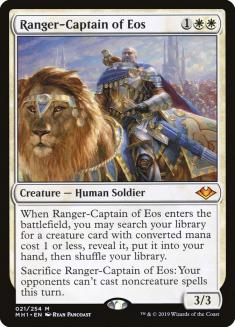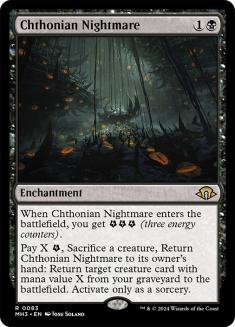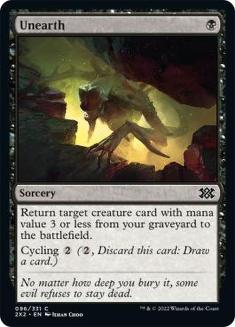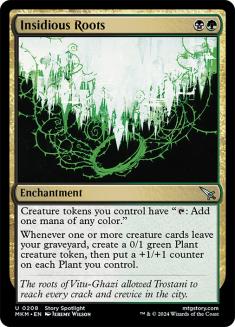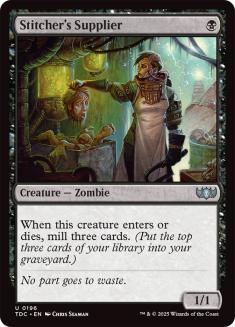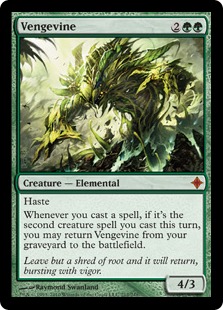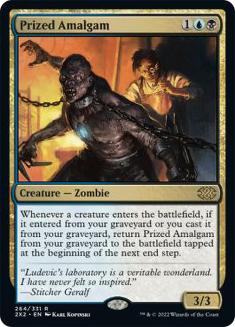“Ach! Hans, run! It’s the lhurgoyf!”
When Saffi Eriksdotter – then an anonymous meal for the Lhurgoyf – uttered those (now famous!) last words, she had no idea her ordeal was just beginning. Just months after she was immortalized in her own card, Tarmogoyf came along and changed competitive Magic forever. For over a decade, Tarmogoyf was a premium threat in every format it was legal in – and often one of the big reasons to be in green.
The Modern Horizons sets always usher in a new era – but often with callbacks to old favourites in the proud tradition of Time Spiral block. Today we get to celebrate an heir to Future Sight‘s finest!
Nethergoyf v. Tarmogoyf
Nethergoyf is priced to move in Modern and gives Tarmogoyf veterans a lot to celebrate. Their first instinct may be to just play both at once, but their subtle and not-so-subtle differences will become apparent quickly.
The most immediate downgrade is that Nethergoyf only checks your own graveyard. Most Modern players had to learn the hard way that a Lightning Bolt on the opponent’s 2/3 Tarmogoyf with no other instants around wasn’t quite as lethal as they expected, but there are no such worries here.
Tarmogoyf’s more variable sizing makes it a more reliable and dynamic threat in many ways. It’s easy for both players to amass a nice spread of card types by just playing ‘normal Magic’ in Modern. In a fetchland format, land is the free square on the Goyf bingo card – but every Thoughtseize or Fatal Push you cast might add at least two types to the total count.
If your opponent was casting this flurry of cheap interaction, whoever had the last Goyf standing would have the biggest threat; if the opponent was doing something completely different, they probably had unique card types to help you out. Urza’s Tower was always the mortal enemy of Thoughtseize and Tarmogoyf – but you won a lot of games because your Thoughtseize on their Wurmcoil Engine or Karn Liberated turned your Tarmogoyf into a fast and lethal clock!
This gives a cautionary tale of sorts for Nethergoyf. The heavy interaction draws with just Tarmogoyf as a threat could count on it being big enough to go the distance. If your Nethergoyf deck is just casting a bunch of the same cards, you may have a puny threat that won’t do the job, no matter how often it comes back.
A Package Deal
When the first generation of Death’s Shadow decks took Modern by storm in 2017, Tarmogoyf was still the best backup threat and Traverse the Ulvenwald gave you access to more Shadows. As these lists loaded up on cheap (or free!) ways to see new cards and shuffle more card types around, it was striking just how large you could make Goyf with relatively little effort. With Nethergoyf and Tarmogoyf both rewarding the same incentives, that whole package looks appealing once more.
Modern Horizons 2 eagerly encouraged these graveyard synergies, letting you chase the goal of a strong midrange deck with enough individually good cards that are more than the sum of their parts when you can combine them. There’s a clear danger here, though – this set has some terrifying graveyard horrors, joining the likes of Goryo’s Vengeance and Living End, that will draw fire and more good graveyard hate cards to contain them, causing a lot of collateral damage. You need enough win conditions that only touch the graveyard on their way out.
Thankfully, these straight-to-Modern sets have been kind there too. We’ve come a long way since Jund Death’s Shadow (Lurrus) had to choose between the likes of Bomat Courier and Knight of the Ebon Legion to round out its roster…
If the graveyard is as contested as I expect, maindeck Dauthi Voidwalker is a big draw to any of these mostly-black midrange decks.
Nethergoyf for Rakdos Evoke?
How about the backbone of Modern’s main villain for the past year? Rakdos Evoke is a proven shell that would gladly adopt another cheap threat for the games where you force both players to lose several cards on the first turn. Without Fury, you aren’t automatically in red now and can dabble in other colours or just stay mono-black. Nethergoyf makes that even easier.
A less demanding manabase can support an Urza’s Saga package as an effective pivot for winning the fabled “grindy matchups” with a pair of Constructs backed up by Shadowspear or Lavaspur Boots and unearthing hate cards like Nihil Spellbomb, Haywire Mite, or Pithing Needle for anything more linear.
Urza’s Saga also reaffirms that key difference between Nethergoyf and Tarmogoyf. Tarmogoyf shined against Saga, whose natural progression ended with two types including the rarely seen enchantment in the graveyard, and also in the “Zoomer Jund” decks that married the classic Jund Midrange formula with their own Sagas. If your Saga found a Haywire Mite which gorged itself on a key target right away, that’s four types for your Tarmogoyf from that initial investment of one card!
Tricks like this can grow Nethergoyf to a good size without much work, but also help to escape it for another round. You need to have four total types among the exiled cards, but you can distribute these however you like, so you’re keen to have single cards with several types and not to shrink your Nethergoyf too much in the process. Pairing an ‘easy’ type (land) with a ‘hard’ one (enchantment, artifact) is a nice way to split the difference.
Grist for the Mill
Grist, the Hunger Tide gives a unique crossover there as the game’s only planeswalker creature, but works with Nethergoyf in other ways too as a steady source of self-mill and a way to get extra mileage from a Nethergoyf once you have enough fuel to recur it.
Orzhov Evoke hasn’t been seen since the early days of Modern Horizons 2, but Nethergoyf might breathe new life into one of the most successful white cards in these shells. Esper and Mardu Death’s Shadow were all the rage years ago, as Ranger-Captain of Eos offered a steady stream of threats and could turn Unearth and similar cards into Time Walks against the right opponents. Now Nethergoyf lets you do that without the sacrifices Death’s Shadow forces on you – and there are more cheap reanimation effects than ever!
Putting Down Roots
If you want to aim higher than fair and honest Magic, Insidious Roots is a fun stretch goal. Escaping Nethergoyf will result in two Roots triggers and in the Modern card pool you get amazing enablers like Bloodghast to push Roots to its limits.
There are graveyard decks and there are Graveyard Decks – surely one of those can benefit from Nethergoyf? Classic Dredge doesn’t have many flex slots for ‘just’ a big creature, but this is promising for a new take on Dredgevine where you want creatures that are at least two of cheap, recursive, and big, but can’t tick every box at once now that Hogaak, Arisen Necropolis is dead and buried. Escaping Nethergoyf can trigger Prized Amalgam, Vengevine, and similar cards so that you can keep beating down even through cards like Leyline Binding and Solitude.
A Thoughtseize Escape
I’m not usually found sleeving up Thoughtseize and Fatal Push, but Nethergoyf is a tempting enough reason for me to dabble – and it can also enable the kind of combo nonsense I’m naturally drawn to. It takes a lot to follow in the hoofprints of a card like Tarmogoyf without feeling boring or derivative, but Nethergoyf is the perfect example of an homage like that – and I’m excited to see where it lands!
***
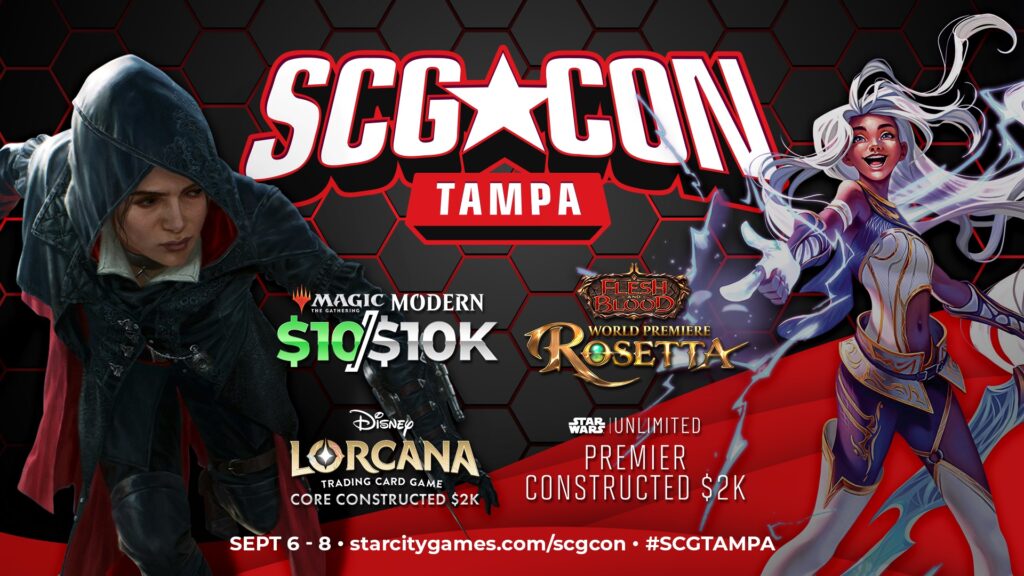
SCG CON is coming to Tampa, FL on September 6-8! The world’s premier trading card game convention features three full days of Magic: The Gathering, Flesh and Blood, Disney Lorcana, and Star Wars Unlimited action:
- Magic: The Gathering Modern $10Ks on Friday and Saturday; cEDH $5K; Super Sunday Regional Championship Qualifiers in Standard, Pioneer, and Modern; and Commander Celebration
- Flesh and Blood Rosetta World Premiere, Calling, and Battle Hardened events
- Disney Lorcana Core Constructed $2K and $1K events
- Star Wars Unlimited Premier Constructed $2K and $1K events
- Side events all weekend long
And so much more!
Plus, meet fan-favorite special guests and artists!
Best of all, SCG CON is free to attend!
Make your plans for SCG CON Tampa!

